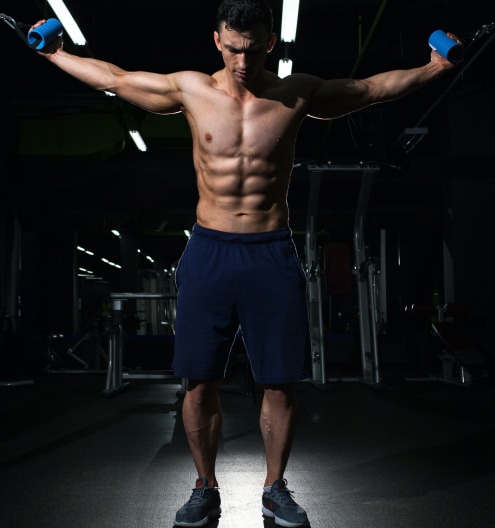Ecological, sustainable and circular textile fibers
- Duration + 2 hours
- 50€
Is talking about sustainable and circular textiles just trendy?
How urgent and important is it to change production models in order to lower the impact on the environment and run more resilient businesses?
The fashion industry is characterised by being mainly a linear economy: starting with production, onto to consumption, and finally ending up as waste. The environmental consequences of a linear supply chain could have dreadful consequences on both the environment and human health.
There is an urgent need to transform the fashion industry into a circular economy. Specifically, a circular economy is a regenerative system designed for clothing to be able to circulate with the maximum value, for as long as possible, before re-entering the system through reuse or recycling.
This production system enables a decrease in pressure on the environment while generating benefits for businesses. In fact, SMEs applying a circular model to their textile production can reduce the cost related to virgin raw materials, energy and water consumption as well the dependency on business partners and suppliers from other countries able to produce virgin fibers.
Product design should be focused on maximising the use of resources, reducing the loss of value incorporated into products and keeping them in circulation (in closed cycles).
Through this journey we will get to know the sustainability and circularity criteria applicable to textile fibers, the fiber selection methodology and how to transparently communicate the sustainability and circularity characteristics of textile fibers.
There is no one-size-fits-all solution! In fact, we will investigate the selection processes of fibers to be used in specific cases and according to the production environment (company), the product to be delivered and its lifecycle. Because the choice of the most suitable option must be based on specificity and search results.
During the course we will focus on:
- The core concepts connected to sustainable circular textiles
- Ecological, sustainable, and circularity criteria
- Fiber types and examples of green, sustainable and circular solutions
- Methodologies and tools for assessing and communicating the environmental impact, levels of sustainability and circularity
- The role/importance of traceability
- LCA studies, carbon footprint and environmental declaration – scope and objectives
Main goals of the course
01
To become familiar with and list the ecological criteria of sustainability and circularity applicable to textile fibers
02
To identify methodologies and tools for assessing and communicating the environmental impact, level of sustainability and circularity
03
To identify examples of green, sustainable and circular fibers
04
To go through doubts and exchange points of view and opinions during a Q&A session
Trainer

Ana Silva Tavares
Ana Silva Tavares graduated in Chemical Engineering at FEUP then joined a research group in the area of materials of the University of Leibniz (Germany).
She led the sustainability department at Tintex Textiles for 5 years, focusing on product and service innovation, ensuring process certification and traceability. In 2017, she took over the coordination of the special interest group Green Textiles Club of the Portuguese Textile Cluster until January 2020. She is currently coordinator of the Strategic Agenda for Sustainable, Bio and Circular Economy at CITEVE, the technological centre for textile and clothing industries in Portugal.
Buy your online course
By filling this form, you will send your booking to our administration.
We will get back to you with instruction to proceed to the payment and unlock the access to the course.
community favorites

Circuit Bootcamp
Lorem ipsum dolor sit amet, te has solet postea. Voluptua quaestio dissentias has ex, no eum aliquid tibique petentium

Strength Training
Lorem ipsum dolor sit amet, te has solet postea. Voluptua quaestio dissentias has ex, no eum aliquid tibique petentium

Cardio and HIIT
Lorem ipsum dolor sit amet, te has solet postea. Voluptua quaestio dissentias has ex, no eum aliquid tibique petentium
we are MotivAQ
Lorem ipsum dolor sit amet, consectetur adipiscing elit. Sed auctor turpis eu arcu sagittis, id sagittis justo eli suscipit. Aliquam erat volutpat. Integer finibus sem felis Lorem ipsum dolor sit amet, consectetur adipiscing elit. Sed auctor turpis eu arcu sagittis




